The debates about which martial art is the best and comparing styles are as old as martial arts. The problem is not everyone agrees with the criteria. But martial arts should be first and foremost effective in a fight, or at least that is their initial purpose.
While MMA has become the proving ground for styles in a free fight, wrestling has always been the less traumatic way to determine who is stronger and better. But which is the best grappling martial art out of the dozens of styles?
Jiu-jitsu has been proven to be the most effective style in one-on-one fights with other styles and its application for self-defense and MMA. But it also has drawbacks and limitations, while modern submission grappling has taken the best pieces of traditional styles and made something of its own, which is better than any separate style.
The sport’s rules largely determine a style’s effectiveness and character, so each traditional grappling style has strong and weak aspects depending on what is used in competition and what is not. So, let’s look at each style individually to see where it shines and where it falls short so we can determine which is the best overall.
Which Are The Best Grappling Martial Arts
There are tons of grappling martial arts around the world. Wrestling has been a part of cultures since time immemorial, and there are countless folk styles, each colored by ethnic and geographical factors. If we broaden things, quite a few styles are still practiced worldwide. Also, many have a significant grappling element in addition to striking.
But what makes a grappling martial art universally effective or “good” outside its cultural heritage and significance? Its effectiveness in MMA and self-defense, both of which are improved when there are fewer rules and a strong competitive element,
If we pick grappling-only styles, we are left with just a handful of disciplines that have enough practitioners worldwide and are well-represented in competitions: wrestling, BJJ, sambo, and judo.
Wrestling
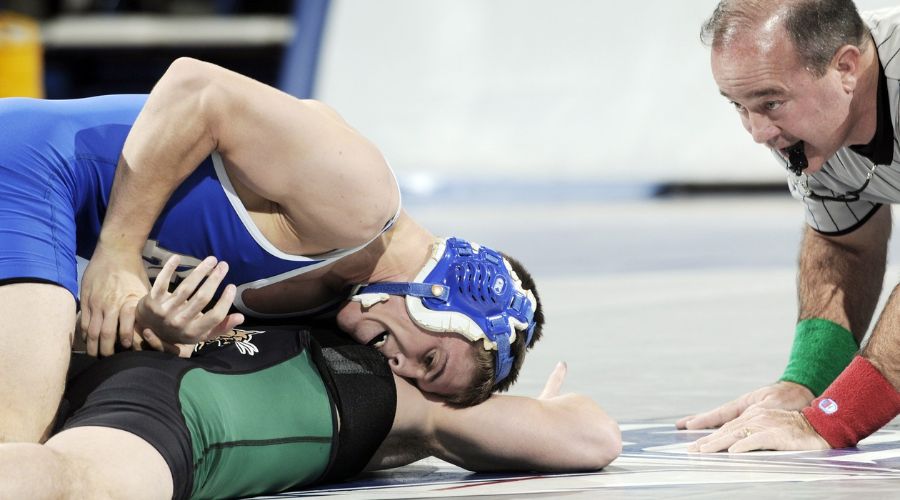
Wrestling is a broad term that includes all forms of grappling, but today, we use the term wrestling alone to describe the Olympic styles of wrestling. These are Greco-Roman, where you are not allowed to use or attack the bottom portion of the body, and freestyle wrestling, where the whole body can be utilized.
Being the more liberal ruleset, Freestyle is by far the more effective style of the two. The sport’s nature, built upon short, intense matches, requires athletes to be supremely conditioned and powerful. Wrestlers are among the best athletes across combat sports, and their controlling and takedown skills are unparalleled.
The downside of wrestling regarding MMA and street fighting is the lack of finishing abilities because submission holds are not allowed in competition. The objective in wrestling is to pin the opponent, which ends the match, which in most realistic scenarios does not mean you win the battle.
Be that as it may, the athleticism and amazing skills to control their bodies and those of opponents have made wrestling one of the best bases for MMA and submission grappling.
Wrestling Pros and Cons
+ The best takedowns and pins of all grappling
+ Wrestling builds supreme physical and mental strength
+ Wrestling control, takedown defense, and ability to stand up are crucial for MMA and self-defense
– No submission holds and no finishing abilities
– No fighting off the back
Brazilian Jiu-Jitsu
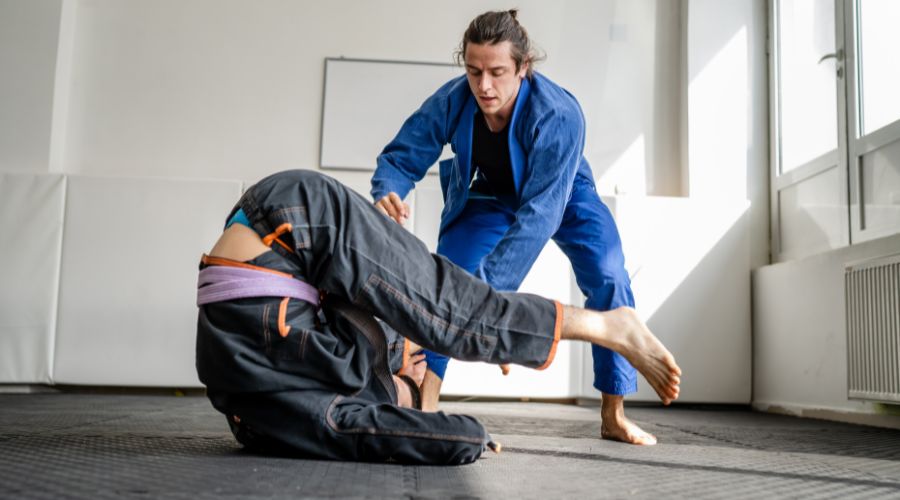
Brazilian jiu-jitsu is the most versatile grappling style because it has the least amount of rules, and the mindset when developing it was to soak up knowledge from all other styles. Jiu-Jitsu has exploded in popularity in the past 30 years and has gone from an unknown style outside of Brazil into a worldwide phenomenon.
Half of the reason is its effectiveness in MMA, and the other half is because it’s accessible to every type of person. BJJ emphasizes positioning on the ground and using leverage and body mechanics to control and submit opponents.
There are many submissions, like joint locks, strangulations, chokes, and other painful holds, all of which can either make someone surrender or hurt him badly.
A key concept unique to BJJ is fighting effectively off your back using the many guard positions, which are defensive and present many offensive opportunities.
Since the first days of MMA, it has become clear no fighter stands a chance without at least defensive knowledge of BJJ. But we also know BJJ has some flaws, like the lack of good takedowns and the overreliance on the gi for many techniques.
BJJ Pros and Cons
+ The best submission skills of all styles
+ The large arsenal of techniques means it can work with every body type
+ Very effective off the back, thanks to the guards
+ Arguably the strongest martial art one-on-one
– Weak takedowns
– Half of the techniques use the gi, which is not transferable to MMA and most self-defense situations
Judo
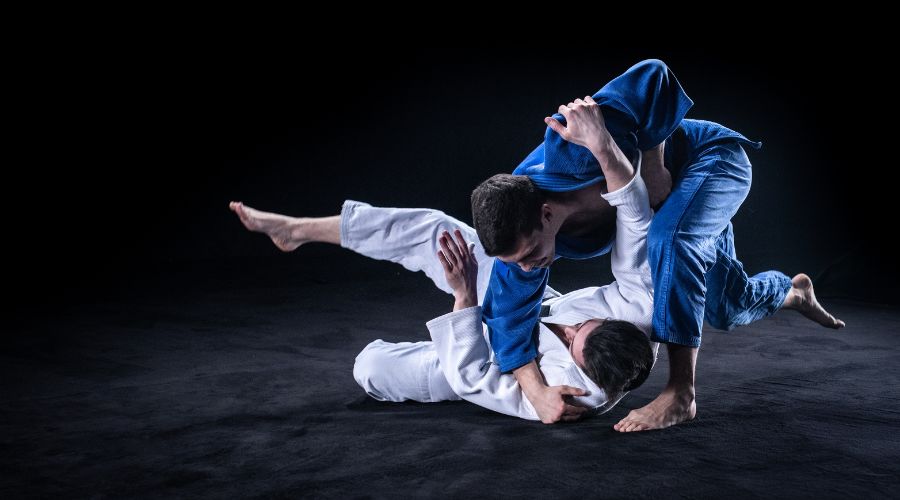
Judo is a fundamental grappling art and was the basis for creating many other styles, including two on the list: BJJ and sambo. As an Olympic sport, judo is highly competitive, so the techniques used there are constantly tested.
Judo is at its strongest in the throws and tips since they take up the largest portion of the game, and a well-executed clean throw instantly wins you the match. There is also a diverse ground game with plenty of pinning techniques and submissions in the form of joint locks and chokes.
But over the last decades, judo has faced a similar problem as many other martial arts: the inclusion of too many rules. The list of banned techniques is ever-growing, and while this may be a good idea from a spectator’s point of view because it makes contests more entertaining, it’s terrible for effectiveness.
So, while judo has some fantastic throws and a few good submissions, it lacks in many areas compared to other grappling martial arts when used for MMA, self-defense, or against each other.
Judo Pros and Cons
+ Amazing throws and sweeps
+ Few but high percentage submissions
+ Good ground game. Weaker than BJJ, but stronger than wrestling
- There are too many banned techniques, including leg grabs and most submissions.
- Overreliance on the gi
Sambo
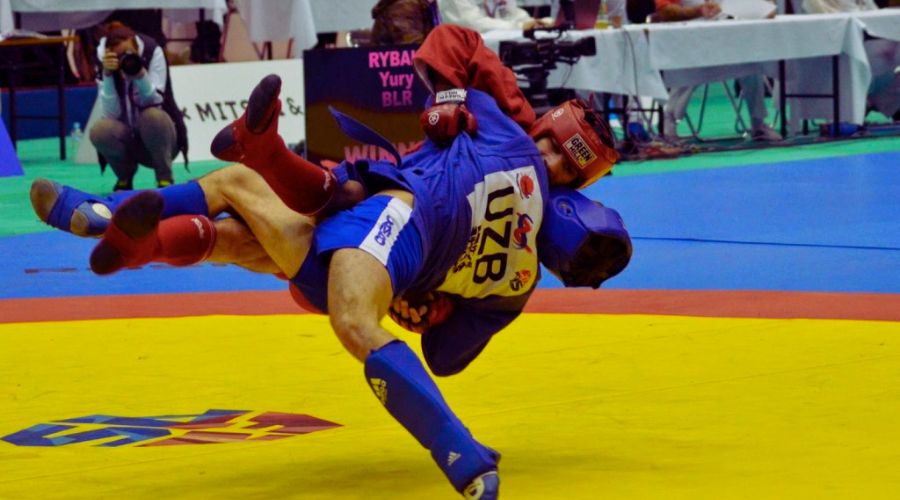
Sambo is a Russian martial art similar to judo but with a different twist. We will leave combat sambo out of the discussions and stick to sports sambo, which is the grappling-only version.
In sambo, athletes use gi tops called sambovkas and shorts. Sambo takes the best of both wrestling and judo regarding takedowns and throws, so its standing arsenal is full. You can still do the judo throws with the gi, but grabbing the legs is allowed, so double and single-leg takedowns are also a big part of sambo.
On the ground, though, things are more limited. All chokes and strangles are banned, which is a shame since blood chokes are the most effective submissions.
To compensate for this, sambists are very proficient in leg locks, something both judo and BJJ have limited experience with. The rest of the submission arsenal is also well-developed, and there are very few banned techniques and grips (outside of chokes).
Sambo, especially in its combat form, has seen great success in MMA and is perhaps the closest thing to a street fight you can get as a sport, but even sports sambo is effective in both areas.
Sambo Pros and Cons
+ Excels at both wrestling takedowns and judo throws
+ Great leg locks
+ A wide variety of submissions and pins make up for a solid ground game
- No chokes, which are the most effective submissions
- Many techniques use a gi and need to be modified for MMA and self-defense
Submission Grappling
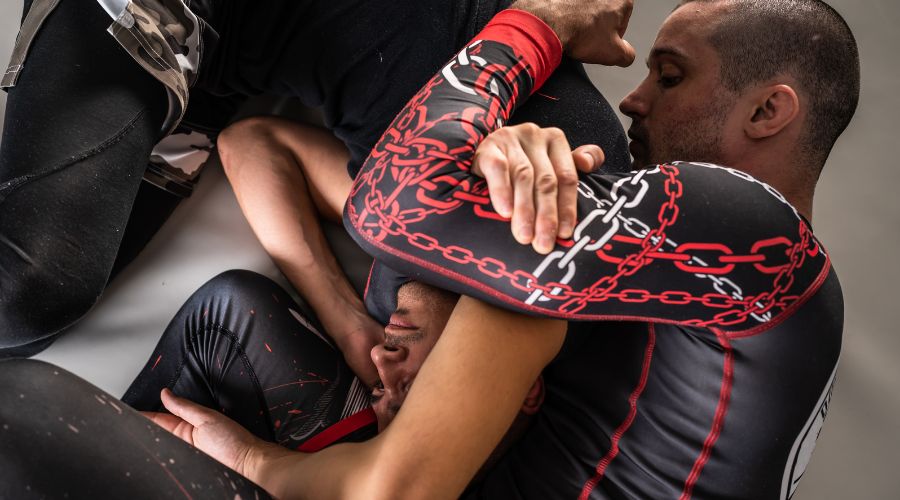
While self-defense and street fights are way too situational, and every style of the four listed here can be better in certain scenarios, if you pit them against each other in a grappling contest with no rules, BJJ will emerge victorious most of the time.
The ADCC was created with this purpose and became something like the MMA of grappling. There, grapplers from different styles can compete under rules much less restrictive than in all the individual styles.
BJJ practitioners have largely dominated the competition, but if you watch matches from the last few events, the style you best use differs from what you witness in a typical BJJ competition.
The clash between styles and the cross-training by athletes have created a whole new style, which is referred to as submission grappling and is different from no-gi BJJ. In addition to the ADCC, many professional-level events and organizations are also pushing these types of competitions.
To succeed in these avenues, grapplers have adopted many wrestling techniques and concepts, judo and sambo elements, and many things from the forgotten art of catch wrestling. So, while some BJJ purists may insist the ADCC and pro-level no-gi grappling events are still jiu-jitsu, I disagree.
No-gi submission grappling has become a style of its own in the same way MMA is not just boxing + wrestling + BJJ but a unique style. And because it takes the best elements of all other styles, submission grappling is the best grappling style.
